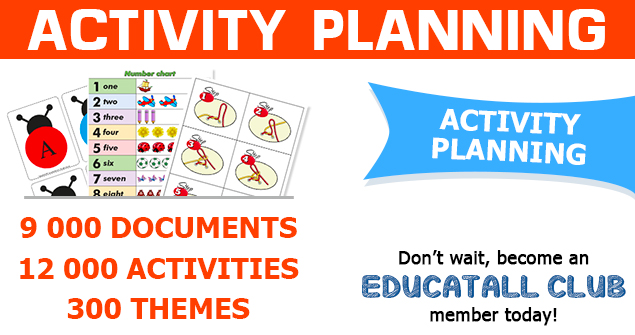Brigitte Langevin is a sleep specialist. She is a speaker and author whose goal is to improve the quality of sleep and understand dreams. She is the author of several books on the subject. Helping my child sleep provides a great deal of information for parents. She is a dynamic person who is much sought-after for her humour and ability to make theoretical and scientific concepts accessible to all. Nights are more satisfying so performances during the day are improved thanks to her help!
Light and sleep
When it is naptime for little ones or time for a relaxation period for older children, some caregivers wonder about light. Should they close the curtains? Should they close them completely or only halfway? Should all the lights be closed or should some of them be left on? All these questions deserve answers. First of all, let's take a look at the role light plays on the human body.
From a physiological point of view, we (science) now know that there is a system inside our brains which uses light and darkness to control the level of certain hormones. Melatonin, commonly called the sleep hormone, is one of them. Melatonin, produced by the pineal gland (also called epiphysis), is practically undetectable in blood when the light of day is present. It begins being secreted when light is reduced. It is thanks to melatonin that young and old feel the need to sleep for the body to regenerate itself. If the level of melatonin is high, we feel drowsy and have little energy.
It is essential that activities and meals take place in well-lit rooms for children to remain awake and energized. As mentioned previously, as soon as eyes capture less light, the level of melatonin increases. This is why it is important to reduce lighting by closing curtains during naptime to help children fall asleep. Furthermore, I do not believe that, even if the curtains and lights are completely closed in early afternoon, the room will be as obscure as during the night. This half-light is therefore perfect for naptime.
During courses given to caregivers regarding naps, I even suggest going about the ritual which precedes naptime in a shadowy light for children's brains to start secreting melatonin. Once the ritual is complete, caregivers can close the curtains completely, close the lights, and close the door (if applicable) to help children sleep peacefully.
If you are worried about security, why not use a blue nightlight which will not interfere with the brain's work while guaranteeing a small amount of light for children who wake up before the others and need to move about.
Brigitte Langevin, author
Speaker and teacher
No
element of this text may be copied, reproduced, distributed, published,
translated, downloaded, posted, or transmitted, in any way, without
prior written authorization from Educatall and the copyright holder.
Elements may be posted and/or downloaded solely for personal and
non-commercial use provided no modifications are made and all notices
of intellectual property are fully shown (name of the author, title of
the article, name of the website, date the text is used and the date of
the part in question).

 Home
Home Theme activities
Theme activities
 Babies and toddlers
Babies and toddlers
 Arts and crafts
Arts and crafts
 Science
Science
 Creative recipes
Creative recipes
 Tips and tricks
Tips and tricks
 Special needs
Special needs
 Extra activities
Extra activities
 Educ-TV
Educ-TV
 Newsletter
Newsletter  Online store
Online store Educatall club
Educatall club
